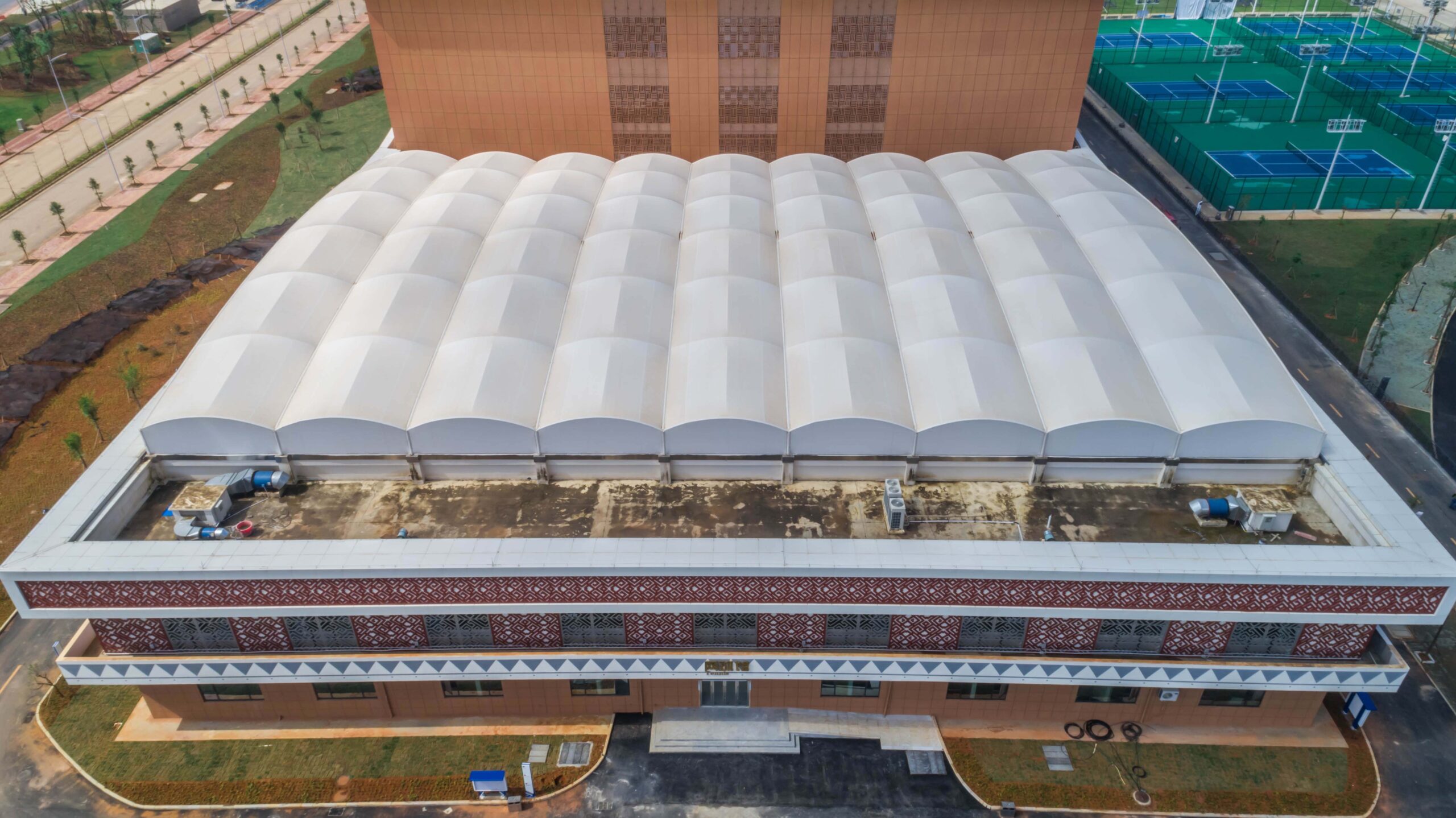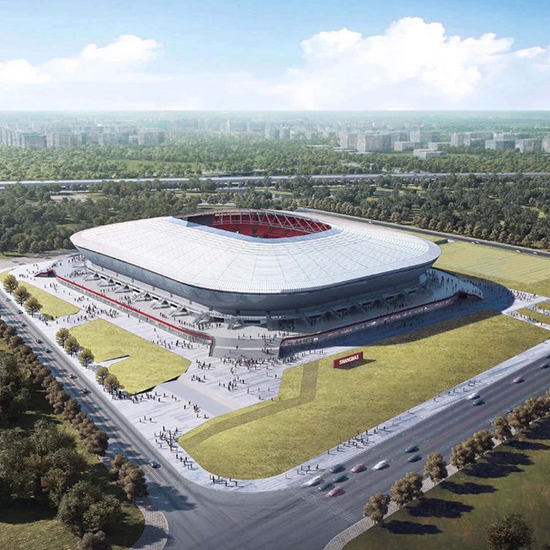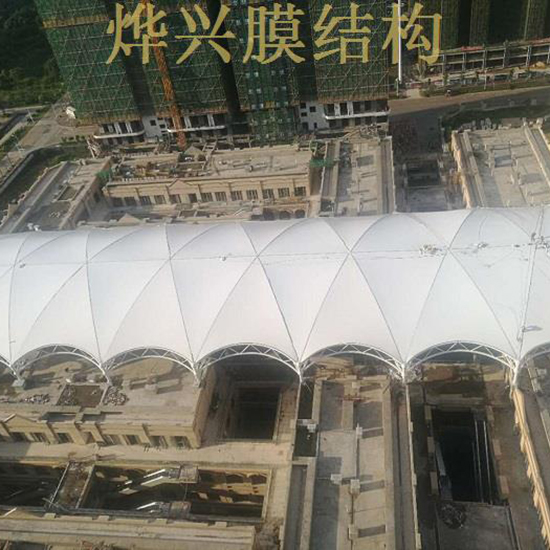ENCN
Home / Can membrane structure architecture replace traditional architecture and become mainstream?
Can membrane structure architecture replace traditional architecture and become mainstream?
In the evolution of architecture, various new materials and design concepts are continuously emerging, with membrane structure buildings stealing the spotlight for their unique charm and advantages.membrane structure buildings have gradually gained widespread application in public facilities, sports venues and other fields. So, could membrane structure buildings potentially replace traditional architecture and become the mainstream building form of the future?
The advantages of membrane structure buildings are obvious. Firstly, the transparency, barrier properties, and heat retention of the membrane material are excellent, effectively regulating light, temperature, and humidity, reducing energy consumption, and enabling green and energy-saving architectural design. Secondly, the strength and durability of the membrane material have also been tested in practice, meeting various complex environmental usage requirements. Additionally, the flexible modeling of membrane structure buildings allows for the creation of visually impactful architectural shapes.

However, membrane structure buildings also have some limitations and challenges. For example, the manufacturing and processing of membrane materials require professional technology and equipment, and the preservation and maintenance of membrane materials also require specific professional knowledge and skills. Additionally, the cost of membrane structure buildings is relatively high, which limits their widespread application in some areas.
Traditional architecture also has its unique advantages and values. Traditional building materials such as wood, brick, and stone possess rich cultural and historical connotations that can satisfy people’s needs for history, culture, and aesthetics. Additionally, traditional building techniques have undergone long-term practical testing and possess high reliability and stability.
Therefore, while membrane structure buildings possess many advantages, they cannot completely replace traditional architecture. In the future, membrane structure buildings and traditional architecture should learn from and merge with each other to create more innovative and practical architectural works. At the same time, with the continuous advancement of technology and the improvement of material properties, the cost and limitations of membrane structure buildings are also expected to be further alleviated, enabling their wider application in more areas.
To conclude, while membrane structure buildings possess many advantages and potential, becoming the mainstream building form still requires overcoming some challenges. In the future, through continuous technological advancement and expansion of application domains, membrane structure buildings will merge with traditional architecture to promote the development and innovation of the construction industry.

In terms of the application of membrane structure buildings, more possibilities can be explored. For example, through advanced architectural design software and technical methods, digital design and intelligent construction can be achieved for membrane structure buildings. This can improve construction precision and efficiency while reducing resource and energy waste. Additionally, by combining membrane materials with other materials, composite materials with higher strength, durability, and environmental performance can be created.
In promoting membrane structure buildings, attention should be paid to exploring their cultural and social values. Membrane structure buildings are not only a form of architecture, but also a form of culture and art expression. They can be combined with local culture and history to create architectural works with regional characteristics and cultural connotations. This can enhance the sense of identity and belonging of membrane structure buildings and enable them to better integrate into local social and cultural environments.

In conclusion, while membrane structure buildings possess many advantages and potential, becoming the mainstream building form still requires overcoming some challenges. In the future, through continuous technological advancement and expansion of application domains, membrane structure buildings will merge with traditional architecture to promote the development of the construction industry. While pursuing innovation and practicality, attention should also be paid to exploring cultural and social values to make membrane structure buildings a building form that embodies modernization as well as cultural heritage.
Can membrane structure architecture replace traditional architecture and become mainstream?




